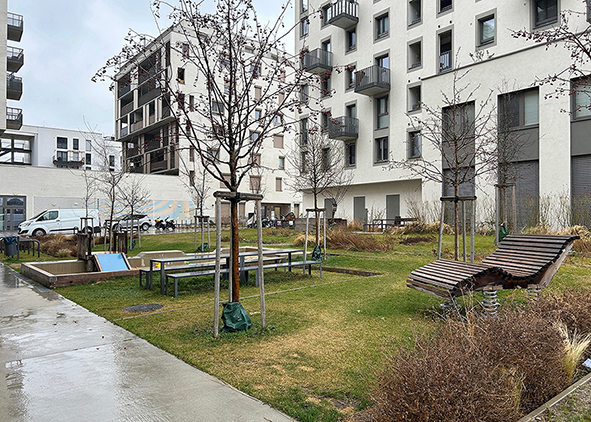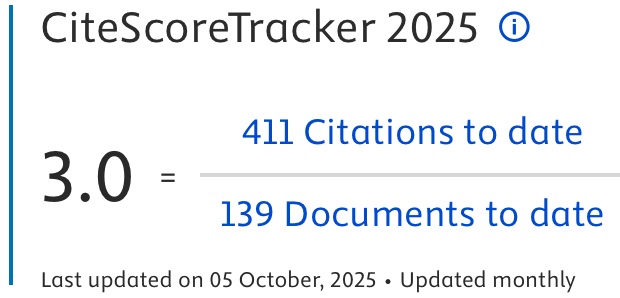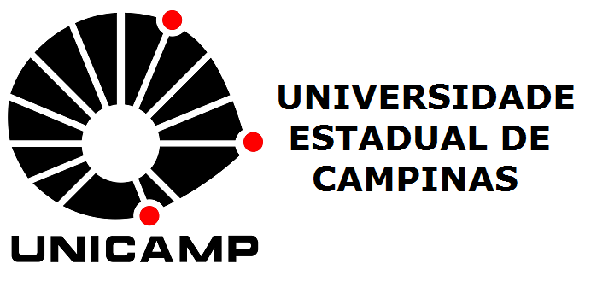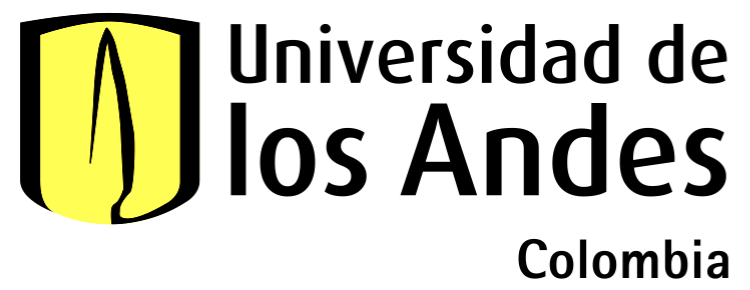What kind of city – Urban regeneration between intersectionality and inclusion
DOI:
https://doi.org/10.69143/2464-9309/1762025Keywords:
urban regeneration, public open spaces, gender intersectionality, environmental accessibility, inclusivenessAbstract
Public space design has traditionally focused on the experience of a ‘standard user’, typically a healthy male, which does not reflect the diversity of actual users. This methodological approach has systematically overlooked the specific needs of women, the elderly, and people with disabilities, resulting in a partial and non-inclusive understanding of reality. Starting from the need to adopt a systemic and integrated approach in line with the 2030 Agenda, and drawing on significant examples such as the cases of Vienna and Barcelona that highlight the intersectional perspective of gender in urban design, the article underscores the urgency of rethinking and managing public space through a cross-cutting design strategy. This strategy calls for the involvement of multiple stakeholders to foster more equitable and inclusive societies.
Article info
Received: 17/03/2025; Revised: 18/04/2025; Accepted: 23/04/2025
Downloads
Article Metrics Graph
References
ACSP – Austrian Conference on Spatial Planning (ed.) (2011), Austrian Spatial Development Concept – ÖREK 2011 | Austrian Conference on Spatial Planning resolution, August 4, 2011, Geschäftsstelle der Österreichischen Raumordnungskonferenz, Wien. [Online] Available at: oerok.gv.at/fileadmin/user_upload/Bilder/2.Reiter-Raum_u._Region/1.OEREK/OEREK_2011/Dokumente_OEREK_2011/OEREK_ 2011_ EN_Downloadversion.pdf [Accessed 14 April 2025].
Agència d’Ecologia Urbana de Barcelona and Direcció de Projectes d’Hàbitat Urbà (2015), Àmbit Pilot de Superilles Districte de Sants-Montjuïc – Barris de Sants i Hostafrancs – Informe diagnostic. [Online] Available at: bcnroc.ajuntament.barcelona.cat/jspui/bitstream/11703/98252/1/20150206%20 Dossier%20Diagnostic%20SM%20Sants.pdf [Accessed 14 April 2025].
Ajuntament de Barcelona (2021), II Plan para la justicia de género 2021-2025. [Online] Available at: ajuntament.barcelona.cat/dones/sites/default/files/documents/plan-para-la-justicia-de-genero-2016-2020_0.pdf [Accessed 14 April 2025].
Ajuntament de Barcelona (2016), Plan para la Justicia de Género (2016-2020). [Online] Available at: ajuntament.barcelona.cat/dretssocials/sites/default/files/arxius-documents/plan-para-la-justicia-de-genero-2016-2020.pdf [Accessed 14 April 2025].
Andreola, F. (2023), “Vienna – Realizzare le città di genere”, in DiTe, newspaper online, 21/06/2023. [Online] Available at: dite-aisre.it/vienna-realizzare-la-citta-di-genere/ [Accessed 14 April 2025].
Andreola, F. and Muzzonigro, A. (2021), “Sex & City – Fra autodeterminazione di genere e governo della città”, in Tracce Urbane | Rivista Italiana Transdisciplinare Di Studi Urbani, vol. 5, issue 9, pp. 117-144. [Online] Available at: doi.org/10.13133/2532-6562/17369 [Accessed 14 April 2025].
ASviS | Alleanza Italiana per lo Sviluppo Sostenibile (2024), Coltivare ora il nostro futuro – L’Italia e gli Obiettivi di Sviluppo Sostenibile – Rapporto ASviS 2024, Editron Srl, Roma. [Online] Available at: asvis.it/public/asvis2/files/Rapporto_ASviS/Rapporto_ASviS_2024/Rapporto_ ASviS_2024.pdf [Accessed 14 April 2025].
Bucchetti, V. (2012), “Modelli quotidiani, stereotipi diffusi – Parametri progettuali e insidie silenziose”, in Baule, G. and Bucchetti, V. (eds), Anticorpi comunicativi – Progettare per la comunicazione di genere, FrancoAngeli, Milano, pp. 79-96.
Crenshaw, K. (1991), “Mapping the Margins – Intersectionality, Identity Politics, and Violence Against Women of Colour”, in Stanford Law Review, vol. 43, issue 6, pp. 1241- 1299. [Online] Available at: doi.org/10.2307/1229039 [Accessed 14 April 2025].
Criado Perez, C. (2020), Invisibili – Come il nostro mondo ignora le donne in ogni campo – Dati alla mano, Einaudi, Torino.
CEMR – Council of European Municipalities and Regions (2022), European Charter for Equality – The European Charter for Equality of Women and Men in Local Life. [Online] Available at: ccre-cemr.org/wp-content/uploads/2024/03/Charter_2022_EN.pdf [Accessed 14 April 2025].
Dell’Acqua, F. (2020), “Città ed Emergenze ambientali – Le Infrastrutture Verdi per il Progetto urbano | Cities and environmental emergencies – Green Infrastructures for the urban project”, in Agathón | International Journal of Architecture, Art and Design, vol. 8, pp. 74-81. [Online] Available at: doi.org/10.19229/2464-9309/872020 [Accessed 14 April 2025].
European Commission (2020), Communication from the Commission to the European Parliament, the Council, the European Economic and Social Committee and the Committee of the Regions – A Union of Equality – Gender Equality Strategy 2020-2025, COM(2020) 152 final. [Online] Available at: eur-lex.europa.eu/legal-content/EN/TXT/PDF/?uri=CELEX:52020DC0152 [Accessed 14 April 2025].
Fainstein, S. S. (2005), “Feminism and Planning – Theoretical Issues”, in Fainstein, S. S. and Servon, L. J. (eds), Gender and Planning – A Reader, Rutgers University Press, New Brunswick, pp. 120-138.
Gerència d’Ecologia, Urbanisme i Mobilitat, Àrea d’Ecologia, Urbanisme i Mobilitat and Departament de Transversalitat de Gènere (2019), Manual d’Urbanisme de la Vida Quotidiana – Urbanisme amb Perspectiva de Gènere. [Online] Available at: bcnroc.ajuntament.barcelona.cat/jspui/handle/11703/112461 [Accessed 14 April 2025].
Gerència de Recursos and Departament de Transversalitat de Gènere (2019), Urbanisme i gènere – Marxes exploratòries de vida quotidiana. [Online] Available at: bcnroc.ajuntament.barcelona.cat/jspui/handle/11703/112510 [Accessed 14 April 2025].
Honneth, A. (2002), Lotta per il riconoscimento – Proposte per un’etica del conflitto, Il Saggiatore, Milano.
Irschik, E., Kail, E., Klimmer-Pölleritzer, A., Nuss, A., Puscher, G., Schönfeld, M. and Winkler, A. (eds) (2013), Gender Mainstreaming in Urban Planning and Urban Development, MA 18 – Urban Development and Planning, Wien. [Online] Available at: digital.wienbibliothek.at/urn/urn:nbn:at:AT-WBR-707537 [Accessed 14 April 2025].
Jacobs, J. (196), Vita e Morte delle Grandi Città – Saggio sulle metropoli americane [or. ed. Death and Life of Great American Cities, 1961], Einaudi, Torino.
Kalms, N. (2024), She City – Designing Out Women’s Inequity in Cities, Bloomsbury Publishing, New York.
Kern, L. (2021), La città femminista – La lotta per lo spazio in un mondo disegnato dagli uomini, Treccani, Roma.
Kotthoff, H. and Wodak, R. (eds) (1997), Communicating gender in context, John Benjamins Publishing Company, Amsterdam. [Online] Available at: doi.org/10.1075/pbns.42 [Accessed 14 April 2025].
Matrix (1984), Making space – Women and the man-made environment, Pluto Press, London.
Milocco Borlini, M., Pecile, A. and Conti, C. (2023), “Oltre il corpo – Ripensare il modulo per favorire l’inclusione sociale | Beyond the body – Rethinking the architectural module to promote social inclusion”, in Agathón | International Journal of Architecture, Art and Design, vol. 14, pp. 174-181. [Online] Available at: doi.org/10.19229/2464-9309/14142023 [Accessed 14 April 2025].
Palit, N. (2019), Gender mainstreaming in urban planning – What can the UK learn from Vienna with regards to adopting a gender mainstreaming approach to shape built outcomes?, RTPI George Pepler International Award. [Online] Available at: rtpi.org.uk/media/4471/george-pepler-report_200301_final.pdf [Accessed 14 April 2025].
Reinwald, F., Roberts, M. and Kail, E. (2019), “Gender sensitivity in urban development concepts – The example of two case studies from London and Vienna”, in Zibell, B, Damyanovic, D. and Sturm, U. (eds), Gendered Approaches to Spatial Development in Europe, Routledge, London, pp. 99-123.
Sachs, J. D., Lafortune, G. and Fuller, G. (2024), The SDGs and the UN Summit of the Future – Sustainable Development Report 2024, Dublin University Press, Dublin. [Online] Available at: doi.org/10.25546/108572 [Accessed 14 April 2025].
Sánchez de Madariaga, I. (2013), “Mobility of Care – Introducing New Concepts in Urban Transport”, in Sánchez de Madariaga, I. and Roberts, M. (eds), Fair Shared Cities – The Impact of Gender Planning in Europe, Ashgate Publishing, Farnham, pp. 33-48.
Santoni, C. (2022), “Intersezionalità e complessità sociale – Una lettura della disparità lavorativa oltre il genere”, in Culture e Studi del Sociale, vol. 7, issue 2, pp. 253-267. [Online] Available at: cussoc.it/journal/issue/view/17 [Accessed 14 April 2025].
Scarponi, L., Gorrini, A. and Carpentieri, G. (eds) (2024), STEP UP – Walkability for Women in Milan, Federico II Open Access University Press, Napoli. [Online] Available at: fedoabooks.unina.it/index.php/fedoapress/catalog/view/567/621/2961 [Accessed 14 April 2025].
Terraza, H., Orlando, M. B., Lakovits, C., Lopes Janik, V. and Kalashyan, A. (2020), Handbook for Gender-Inclusive Urban Planning Design, The World Bank, Washington (DC). [Online] Available at: documents1.worldbank.org/curated/en/363451579616767708/pdf/Handbook-for-Gender-Inclusive-Urban-Planning-and-Design.pdf [Accessed 14 April 2025].
UN – United Nations, Department of Economic and Social Affairs, Population Division (2019), World Urbanization Prospects – The 2018 Revision, ST/ESA/SER.A/420. [Online] Available at: population.un.org/wup/assets/WUP2018-Report.pdf [Accessed 14 April 2025].
UN – United Nations (2015), Transforming Our World – The 2030 Agenda for Sustainable Development. [Online] Available at: sustainabledevelopment.un.org/post2015/transformingourworld [Accessed 14 April 2025].
UN – United Nations (2006), Convention on the Rights of Persons with Disabilities, A/RES/61/106. [Online] Available at: ohchr.org/en/instruments-mechanisms/instruments/convention-rights-persons-disabilities [Accessed 14 April 2025].
UN Women and United Nations Department of Economic and Social Affairs (2023), Progress on the Sustainable Development Goals – The Gender Snapshot 2023. [Online] Available at: unwomen.org/sites/default/files/2023-09/progress-on-the-sustainable-development-goals-the-gender-snapshot-2023-en.pdf [Accessed 14 April 2025].
URBACT (2019), Gender Equal Cities. [Online] Available at: urbact.eu/sites/default/files/2023-01/Gender%20Equal%20Cities%20Report%202019.pdf [Accessed 14 April 2025].
Valentine, G. (1989), “The Geography of Women’s Fear”, in Area, vol. 21, issue 4, pp. 385-390. [Online] Available at: jstor.org/stable/20000063 [Accessed 14 April 2025].
Wekerle, G. R. (1985), “A Woman’s Place is in the City”, in Antipode, vol. 17, issue 2-3, pp. 145-153. [Online] Available at: doi.org/10.1111/j.1467-8330.1985.tb00343.x [Accessed 14 April 2025].
Wiseman, P. (2019), “Lifting the Lid – Disabled toilets as sites of belonging and embodied Citizenship”, in Sociological Review, vol. 67, issue 4, pp. 788-806. [Online] Available at: doi.org/10.1177/0038026119854255 [Accessed 14 April 2025].
WHO – World Health Organization (2022), Global report on health equity for persons with disabilities. [Online] who.int/publications/i/item/9789240063600 [Accessed 14 April 2025].

Downloads
Published
How to Cite
Issue
Section
Categories
License
Copyright (c) 2025 Cristiana Cellucci, Rosaria Revellini, Valeria Tatano

This work is licensed under a Creative Commons Attribution 4.0 International License.
This Journal is published under Creative Commons Attribution Licence 4.0 (CC-BY).
License scheme | Legal code
This License allows anyone to:
Share: copy and redistribute the material in any medium or format.
Adapt: remix, transform, and build upon the material for any purpose, even commercially.
Under the following terms
Attribution: Users must give appropriate credit, provide a link to the license, and indicate if changes were made; users may do so in any reasonable manner, but not in any way that suggests the licensor endorses them or their use.
No additional restrictions: Users may not apply legal terms or technological measures that legally restrict others from doing anything the license permits.
Notices
Users do not have to comply with the license for elements of the material in the public domain or where your use is permitted by an applicable exception or limitation.
No warranties are given. The license may not give users all of the permissions necessary for their intended use. For example, other rights such as publicity, privacy, or moral rights may limit how you use the material.


















































































